How to deal with eco-anxiety? How to handle eco-guilt? These are the questions being asked more and more often. Changing climate and the health of our home planet have also brought new emotional states. In addition to hearing increasingly about eco-guilt and eco-anxiety, many manifest passionate love for the Earth. Love and anger bring youth and others to the streets to protest. Like all of us, I have been affected by many shades of different emotions related to the planet Earth. I felt that it was time to look at these earth emotions or eco-emotions a bit more closely.
According to recent research, 27 human emotions exist. It is beyond the scope of the blog post to review all these in relation to our planet. I thus decided to focus on those earth emotions that I and my family members have felt the most.
Black – the colour of eco-anxiety
In 1997, a study showed that although some colours were rather universally associated with a certain emotion, a lot of difference also existed across countries. Yet black was rather consistently associated with fear. Although in this blog post I rely on many sources and mostly on my own intuition when matching the colours and the earth emotions, I did decide to keep black for fear.
Glenn Albrecht speaks of solastalgia: the distress that is associated with environmental change. Others talk of eco-anxiety. According to Susan Clayton, a professor of psychology and environmental studies, “We can say that a significant proportion of people are experiencing stress and worry about the potential impacts of climate change, and that the level of worry is almost certainly increasing.”

How to deal with eco-anxiety and eco-fear?
Patricia Garcia suggests that those living in areas prone to extreme weather events should have a contingency plan about what to do in case the event occurs. She also recommends reinforcing one’s social networks and taking small steps to diminish one’s carbon footprint, both individually and together with others. Since I have a mostly optimistic outlook on the world and do not feel that my life is in danger due to extreme weather events, I have not experienced such fear very much. Having faith also helps keep me from sinking into fear.
Grey – the colour of eco-aversion and eco-fatigue
I chose grey to represent eco-aversion and eco-fatigue. I learned of these earth emotions through my oldest son, as I describe in my blog article on green parenting mistakes. My six-year-old son developed a strong dislike and antipathy toward all things ecological after some weeks of our going-green journey. Robin Jacobs explores eco-aversion in relation to gender, arguing that men are more prone to such an attitude.
At some moments, I have found myself feeling a lighter form of eco-aversion—a certain eco-fatigue or green fatigue, as described by Susan H. Greenberg.

How to handle eco-aversion and eco-fatigue?
In my eco-parenting blog post, I describe a few steps I took with my son to help him overcome eco-aversion. When I myself feel eco-fatigue, I just take a little break. Jennifer Maxwell-Muir gives a few tips how to avoid eco-fatigue. Her suggestions are mostly targeted toward businesses, but quite a few of them can also help one with personal feelings of green fatigue.
Red – passionate love for the Earth, but also anger
After this rather dark start, it is time to turn to “real colours,” to the rainbow that for many of us brings up positive emotions. I have found myself fervently talking with others about the tremendous love I feel for our home planet. This love sometimes drives me to engage in passionate arguments. Yet I have also noticed that this intense love can also turn to anger toward people who do not seem to get how bad the state of our planet is. Certainly, I have felt anger or resentment towards people, even close friends, who seem not to feel the same passion for saving the Earth.

How to deal with eco-rage?
When I notice myself feeling angry or resentful at someone because they seem not to care enough about the planet, I acknowledge my feeling. Often naming and accepting it takes the edge away. Then I use empathy, trying to understand where the stance of the person comes from. In most cases, I have been able to find something that explains their viewpoint—and then I move towards tolerance and compassion.
Orange – the colour of eco-shame
“At first rosy blush, shame most certainly seems to be red,” writes Melanie Lynn Griffin. Since I already used red to speak of passionate love and anger, I chose orange to write about eco-shame. Louise Bredholt, in her article on 10 Trends to Look out for in 2020, writes that as “eco-shame reaches new heights,” “we will see consumers seek out products, services and experiences that help them alleviate rising eco-shame in 2020.”
I do not really feel much such eco-shame. In my case, it was more eco-guilt that made me to turn towards greener living. But as discussed in my blog post on greener coffee and tea habits, I have felt shame on a few occasions, because as an adolescent, I used to think that frugality meant being “less than.” Practicing frugality in some social contexts can stir this old belief in me, making me feel shame, even if it is just for a short moment.

How to handle eco-shame?
Dr.David Sack writes about 5 Ways to Silence Shame. Although his post is not related to eco-shame, I find his suggestions useful when I find myself feeling shame in relation to my behaviour towards the Earth.
Yellow: the colour of joy and pride
After starting my going-green journey, the last five months, I have mostly experienced profound feelings of joy and pride in the changes I have made. I write about these feelings in my blog post on eco-friendly grocery shopping. It feels like serenity and happiness have deepened and taken on an additional dimension. There is a great term, holistic wellness, that also incorporates environmental wellness—a theme that I also touch on in my post on water recycling. These emotions also increase biophilia, the wish to affiliate with other forms of life (a concept introduced by Edward Wilson).

How to deal with eco-joy?
I just go by “enjoy and be grateful!” when I feel these earth emotions. These are great moments to be cherished when we can!
Green: the colour of eco-guilt
Elizabeth Eberly writes about green: “Green, similarly to in room decoration and psychology, symbolizes nature and relaxation. It can also, in literature, symbolize guilt.” Eco-guilt affected me quite a lot last few years, before I began my green transition. This negative earth emotion was very painful, but it also led me to take action.

How to manage eco-guilt?
I like Liz’s blog post on How to deal with eco guilt that, among other suggestions, calls upon us to use this guilt as a motivator and look back to give ourselves credit for the steps we have already taken!
Blue: the colour of sorrow
Grace Huguelet, in her article The Rainbow of Emotions, mentions that “blue is the color of sorrow” and that “everyone has a little blue in their life.” Eco-sadness is what I felt when we had extremely hot summers during the last few years, and many trees that I loved in my garden died despite my care. Eco-sadness is what I feel seeing images and reading about fires in Siberia, Brazil, and Australia. One can also read about “ecological grief.” Steve Simpson writes: “Melting glaciers, coral reef death, wildlife disappearance, landscape alteration, climate change: our environment is transforming rapidly, and many of us are experiencing a sense of profound loss.”

How to cope with eco-sadness and eco-grief?
Grace Huguelet writes: “With sorrow comes understanding, just as wisdom does with age.” When I feel a “negative” emotion, I try to embrace it, feel it a bit, and look at what it wants to tell me. Sadness and sorrow often signal that I need support to deal with whatever brings this heavy emotion.
Purple: the colour of hope
I’d like to finish this blog post with the colour purple, which Huguelet calls the colour of hope in her article The Rainbow of Emotions. As so much negative news about the environment floods the media, it is not always easy to maintain a hopeful mindset.
When I sometimes share negative news about our home planet, some people tell me that they do not want to hear about it and that one needs to be positive and hopeful. In my view, practicing climate change denial should not be confused with feeling hopeful for the future of the Earth. I think one needs to learn about climate change and accept it, do the best they can to mitigate the change, and still keep up a hopeful outlook. Not to be in denial, yet hopeful – this is a challenge!

What to do?
I feel that reading positive news about our planet gives me hope. This piece, written by various scholars for The Conversation, is one good example. And the Good News Network has a section called Good Earth that I recommend. Moreover, when we look at many collective actions, such as Fridays For Future, we have reasons to be hopeful!
United we stand, divided we fall.
Aesop



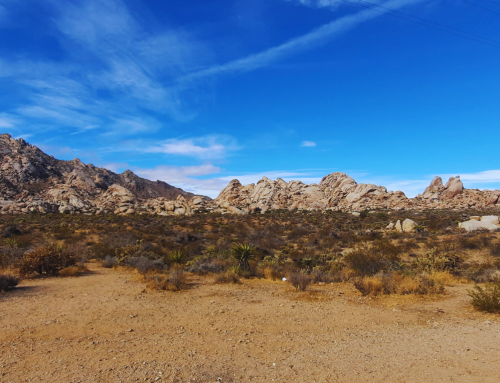
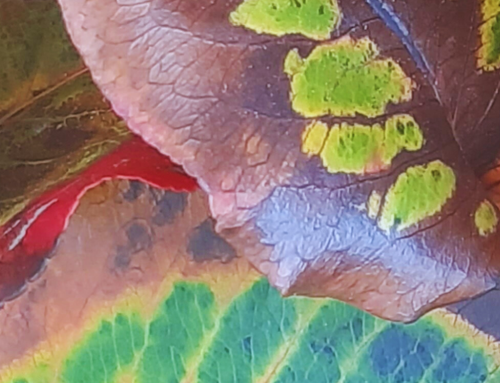
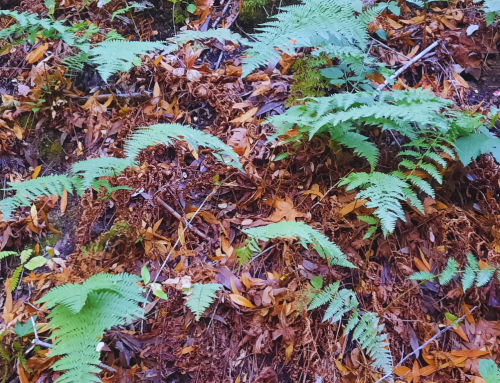
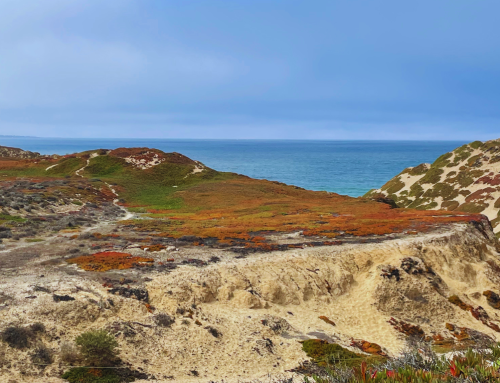
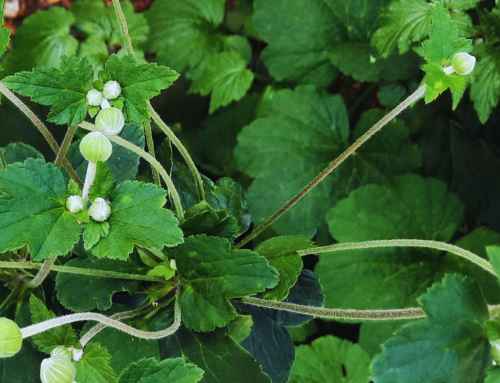

Hello Nika we got to know each other this morning… Thank you for sharing your experience for the future of our planet… There is still a lot of work to be done to change mindsets and make people accountable. It is our duty to pass on to our children the right reflexes for a better world. Again this weekend, I found wild dumps in the middle of the forest while I was going to take pictures. How sad! Corinne for “The saule and the églantine”.See you soon…
Thank you Corinne for your comment! Yes, it was great meeting you this morning! I agree with you about the importance to work on changing our attitudes and behaviour towards our home planet. Like that we also serve as good role models for our children.The problem of wild dumping of garbage is also an issue for our village.
Dear Nika, I can get very frustrated and into all the emotions you describe so well. What helps me on a daily basis is this legend, that I unfortunately could not found in english:
“”Un jour, dit la légende, il y eut un immense incendie de forêt. Tous les animaux terrifiés, atterrés, observaient impuissants le désastre. Seul le petit colibri s’activait, allant chercher quelques gouttes avec son bec pour les jeter sur le feu. Après un moment, le tatou, agacé par cette agitation dérisoire, lui dit : “Colibri ! Tu n’es pas fou ? Ce n’est pas avec ces gouttes d’eau que tu vas éteindre le feu ! ”
Et le colibri lui répondit : “Je le sais, mais je fais ma part.””
Thats what I do, my part and the best I can, one day at the time.
Thanks for your precious blog.
Thank you Maya for sharing this story! I have never heard this before and it so well also reflects the attitude I try to cultivate in relation to the climate change and other environmental problems that our home planet faces these days. To focus on doing my share!